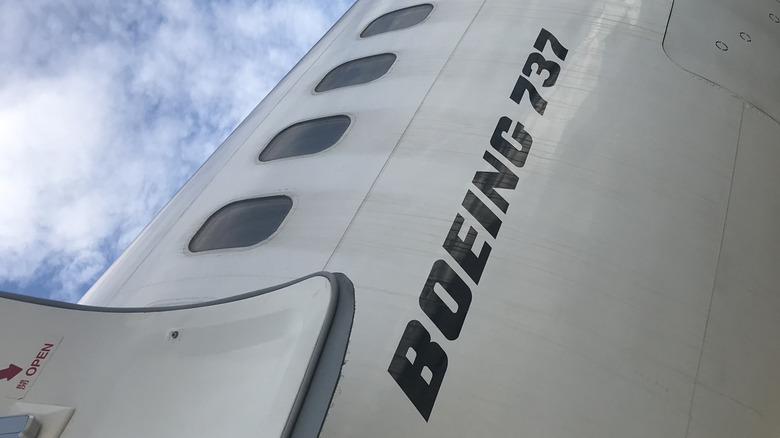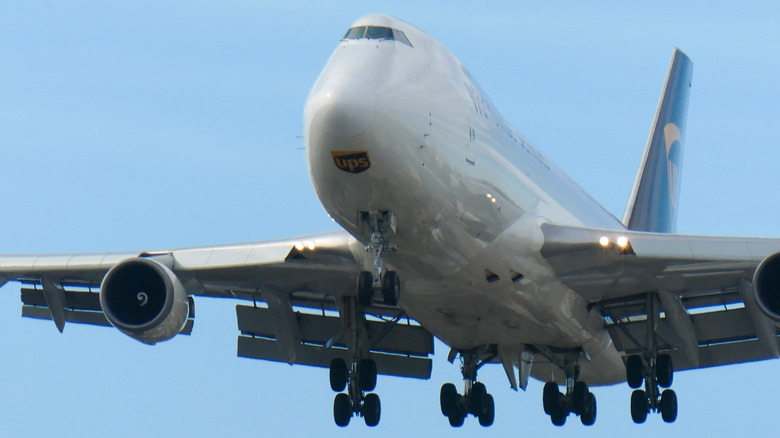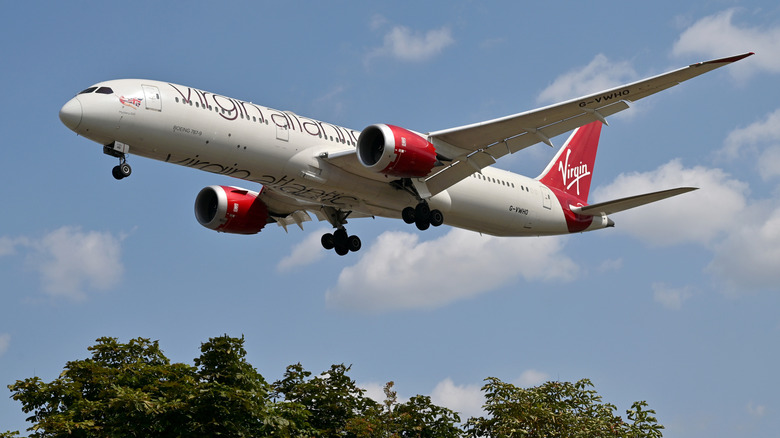Why Do Boeing Planes Start With A '7'?
From the 707 to the 787 Dreamliner, the names of Boeing's commercial jets all have one thing in common: they all start (and end) with the number seven. The tradition has been part of the company's history since the 1950s. And while some might theorize it has something to do with trigonometry or the number of passengers that can fit inside, the real explanation is something much simpler: It's just the way every Boeing passenger jet has been numbered in the years since World War II.
Since the post-war era, Boeing's propeller-powered aircraft have been designated with numbers in the 300 and 400 range, turbines in the 500 range, missiles and rockets in the 600s, and jet-powered commercial aircraft in the 700s. In the run-up to Boeing's first jetliner (the 367-80 prototype) entering service as the first of the 700s, the company's marketing executives felt "707" had a smoother, more memorable sound than plain old "700."
With this small tweak, the 707 not only became Boeing's first successful commercial jet but also set the naming template for all its future "7" aircraft to come.
The suffixes that come after 7X7 planes
After the 707, the formula stuck: later designs included the 727, 737, and 747. But beyond the outer digits, Boeing's aircraft naming system has also carried more details in the numbers that follow. Between 1956 and 2016, the manufacturer added unique customer codes after the base number to identify which airline had ordered the aircraft. For example, a Qantas Boeing 747-438 has the customer code 38, which is unique to the Australian carrier. Southwest Airlines' Boeing 737 MAX Jets, meanwhile, were tagged with "H4" to show their ownership.
Sub-models also had suffixes of their own. "ER" stood for Extended Range, "LR" for Long Range, and "F" for freighter versions. A name like 747-400M told you it combined passenger and cargo service, while 737-800BCF would be a Boeing Converted Freighter. Each variation could tell you more about the aircraft's role, even if the core "7X7" sequence always stated the same.
Many of these customer-specific codes were phased out in 2016, starting with the 787 Dreamliner. Instead of a 787 variant being linked to individual airlines, Boeing shifted to simpler designations like -8, -9, or -10.
What comes next for Boeing planes
It doesn't take a deep understanding of those suffixes to see the obvious: Boeing's "7X7" sequence is running out of numbers to use. The company has used every number from 707 to 787, leaving only 797 unused. After that, Boeing will face a crossroads: Start fresh with a new number, or add onto the "7X7" convention? It has tacked a number to the front of some designations like the abandoned Boeing 2707 supersonic jet project, so the latter isn't entirely out of the question.
Regardless of what comes next, the number 7 has become an integral part of Boeing's identity since it made its first appearance in the 1950s. Whether aboard a 737, a 787, or some number in between, passengers know they're flying in a Boeing. Given this significance and its history, it's hard to imagine Boeing abandoning the convention with variants to come. Rest assured, the company's marketing department is no doubt up for the challenge.


